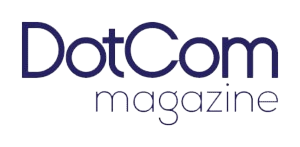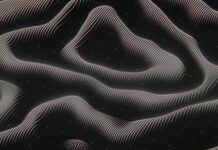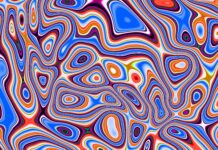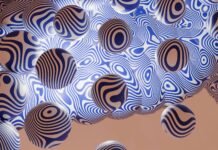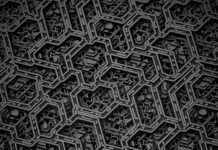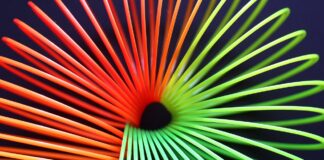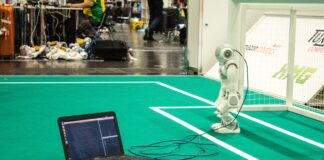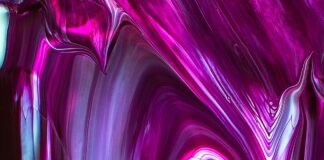Understanding how AI will change the Fashion illustration is critical for artists, brands, and designers navigating the rapidly evolving fashion landscape. The traditional fashion sketch is undergoing a massive transformation, and knowing how AI will change the Fashion illustration can provide you with a competitive edge in this tech-driven creative world. As machine learning and artificial intelligence continue to disrupt industries, it’s vital to comprehend how AI will change the Fashion illustration in both aesthetic process and production efficiency. This article offers a comprehensive look at the revolutionary shifts happening in fashion art due to AI’s growing capabilities, covering ten essential points that everyone in the fashion ecosystem should grasp.
1. Automation of Concept Sketching
AI-powered tools such as DeepArt, Midjourney, and Adobe Firefly now enable the automatic generation of fashion sketches based on descriptive inputs. What once took hours of hand-drawing can now be rendered in seconds using neural networks. Designers can simply describe the material, cut, and mood, and the AI provides multiple visualizations of that concept. This drastically reduces the concept development phase in fashion illustration. For freelance illustrators, this means competition has intensified—but so have the tools for enhanced productivity and creativity.
2. Hyper-Personalization of Design Concepts
One of the strongest advantages AI brings to fashion illustration is personalization at scale. AI tools can analyze consumer behavior, trend data, and social media feeds to tailor illustrations for specific demographics, making illustrations more relevant and sellable. For example, illustrators creating designs for Gen Z can input data about color preferences and patterns trending in that cohort, and AI will adjust the design accordingly. This creates an intersection between marketing intelligence and art, which enhances commercial viability.
3. Real-Time Collaboration and Feedback
Using AI platforms integrated with cloud collaboration tools (e.g., Figma, Canva, Runway ML), fashion illustration has become a more interactive and iterative process. AI not only assists in real-time design changes but can also offer suggestions based on composition rules, visual symmetry, and balance. Brands can now work with illustrators across the globe, receiving updated drafts within seconds. This agility helps brands respond quickly to fashion seasons, capsule drops, and viral moments.
4. Historical Style Emulation
AI can replicate artistic styles from any period in history, allowing illustrators to draw inspiration or reimagine past fashion trends with extreme accuracy. Whether you want to evoke 1920s flapper dresses or 1970s bohemian looks, AI can analyze archive sketches and mimic the line work, shading, and pattern details. This makes it easier for designers to contextualize new trends while paying homage to fashion history.
5. AI-Enhanced Fashion Mood Boards
Creating mood boards is an integral part of fashion illustration and conceptual design. AI tools like DALL·E and Pinterest’s AI-enhanced features allow creators to build visual boards instantly, drawing from millions of images and organizing them by emotional tone, color palette, and texture. These AI-generated boards can guide illustrations to ensure cohesiveness and alignment with the brand story or campaign theme.
6. Democratization of Fashion Illustration Tools
Previously, high-level fashion illustration required access to expensive tools and formal training. Now, AI tools have made it easier for hobbyists, aspiring designers, and indie creators to enter the field. Platforms like SketchAR, Craiyon, and Canva’s AI assistant offer user-friendly interfaces where even beginners can create high-quality fashion illustrations. This democratization also means a surge in creative diversity, as more voices contribute to visual storytelling in fashion.
7. Data-Driven Aesthetic Decisions
In traditional fashion illustration, aesthetic decisions were largely based on intuition and experience. With AI, illustrators can now back their artistic choices with data. By analyzing consumer reactions to specific colors, patterns, or silhouettes on platforms like Instagram and TikTok, AI provides guidance on what visual elements are likely to resonate with audiences. This enables illustrators to be more strategic and commercially aware in their creative processes.
8. Speed-to-Market Advantage
Fashion is fast, and delays can mean missed opportunities. AI allows illustrators to compress the time from concept to runway. By rapidly iterating designs, identifying what works through predictive analytics, and producing market-ready visuals in record time, brands can keep up with fashion’s ever-accelerating pace. This speed is especially beneficial for fast fashion retailers, seasonal collections, and influencer-driven capsule launches.
9. Enhanced Inclusion and Representation
AI is being trained to recognize and generate diverse body types, ethnicities, and gender expressions. In the context of fashion illustration, this allows artists and brands to create visuals that reflect the real world. Instead of defaulting to thin, white, Eurocentric illustrations, AI tools can help depict models with varying skin tones, disabilities, and cultural aesthetics. This leads to more inclusive design storytelling and better representation in fashion advertising and catalogs.
10. Ethical Considerations and Creative Ownership
With great power comes great responsibility. The rise of AI in fashion illustration brings up ethical questions: Who owns the AI-generated artwork? Is it ethical to train AI on the work of human illustrators without permission? As lawsuits against major AI companies increase, the fashion industry must navigate these waters carefully. Illustrators must be educated on copyright, attribution, and fair usage policies to protect their original work.
Conclusion
The fashion industry is no stranger to evolution, but the pace and depth of change ushered in by AI are unprecedented. Understanding how AI will change the Fashion illustration isn’t just about staying current—it’s about leveraging powerful tools to redefine creativity, accelerate workflows, and foster inclusivity. From automated sketching to real-time feedback, from data-informed decisions to ethical dilemmas, how AI will change the Fashion illustration is a question that reaches into every facet of the design process. As you explore the applications and implications outlined in these ten key points, remember that the future of fashion illustration isn’t a binary choice between human and machine—it’s a hybrid frontier where both coexist to shape tomorrow’s aesthetics.
